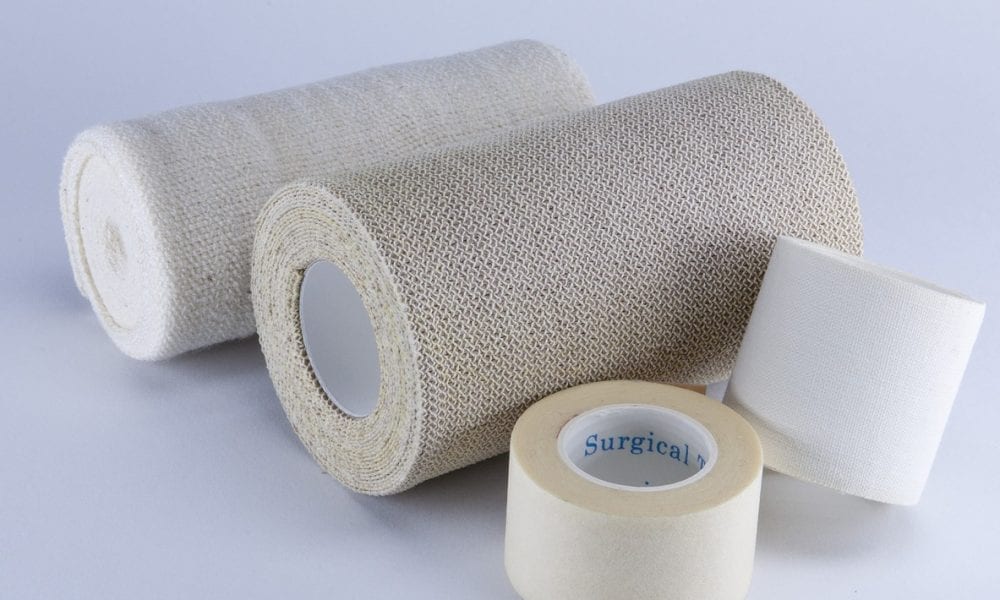
Quick Systems For In The Usa

Clothing made from materials treated in his firm's factory is due in local stores this fall. "You can't buy environmentally sustainable clothing like you would organic apples," he said. "We're changing that." The technology is still in its early days, but experts say Harari is on to something. "We're seeing a lot of interest from brands and retailers, and I think maybe the time is right," said Mary Ankeny, vice president of product development and implementation operations at Cotton Inc., a research and marketing organization. "It has been understood for a long time that environmental sustainability is important." Ajoy Sarkar, a professor at the Fashion Institute of Technology, said the process used by ColorZen has been known for 15 years and been proved to work in labs, but so far no one has managed to replicate it on an industrial scale. "It would be a real achievement" if ColorZen has done that, Sarkar said. Harari, 35, is certain that's exactly what he's done. "Millions of garments are in production now using our technology," he said. "We are changing the industry in ways most people don't know yet." The trouble with turning white cotton black—or almost any color—is that the plant emits a strong negative electric charge, which repels dye just as two magnets oppose each other. The current solution is essentially to infuse the dye slurry with salt—up to 4 pounds for every 100 pounds of cotton—so it sticks to the fibers. But the process sucks up a lot of time and energy, and about half the dye goes to waste.
For the original version including any supplementary images or video, visit http://www.crainsnewyork.com/article/20180618/FEATURES/180619908/better-way-to-dye
 การทดสอบสิ่งทอ ทางฟิสิกส์
การทดสอบสิ่งทอ ทางฟิสิกส์
ไม่มีความคิดเห็น:
แสดงความคิดเห็น